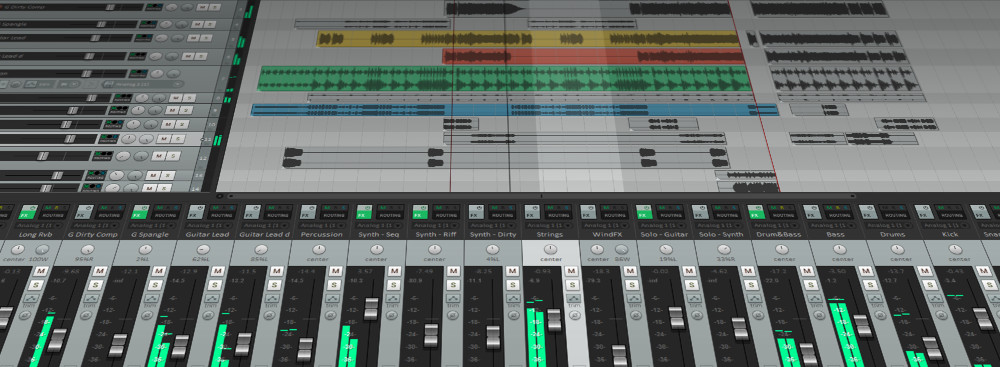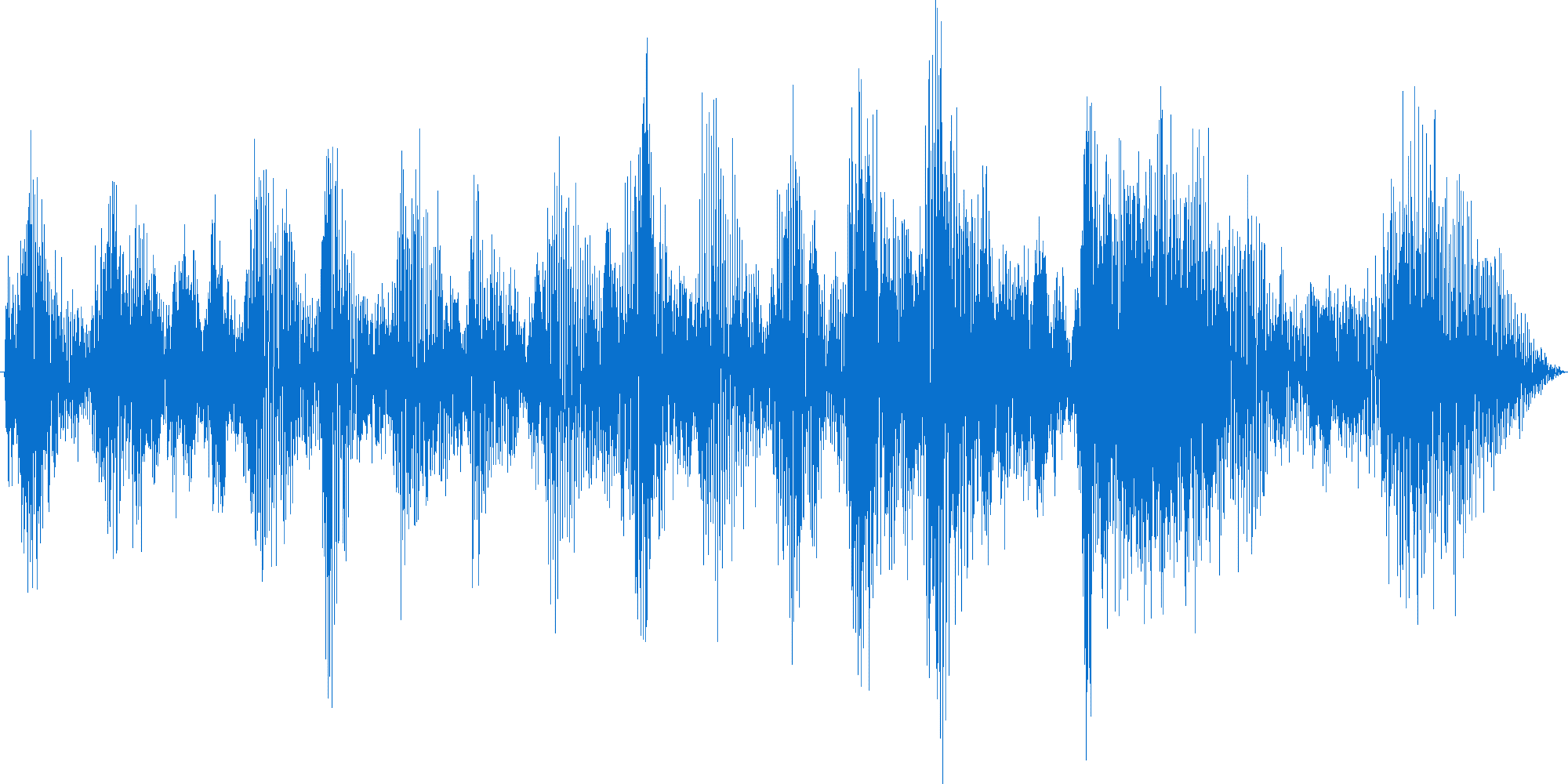Audio Editing Level 5
http://www.sqa.org.uk/files/nu/F1KT11.pdf
Multi-Track Editing Techniques
Traditionally Audio Editing was performed by physically cutting magnetic tape and over-recording.
Non-Linear Editing allows us to easily arrange multiple tracks and temporally adjust the position of audio samples.
Cutting simulates the act of physically cutting magnetic tape with scissors.
Once cut, audio can be easily arranged multiple times with little effort.
DAW ( Digital Audio Workstation )
There are many DAW’s available - you will have access to Reaper in class and ProTools in the recording studio.


Effects
Commonly used effects include - Reverb, Dynamic Range Compression, Delay, Equalization ( EQ ), Distortion, Chorus.
In Reaper you can apply and adjust these effects by opening the FX window
Reverb
Reverb is used to smooth over errors in vocal pitch.
It can also be used to make it sound like the audio has been recorded in a different location.
Dynamic Range Compression
Dynamic Range Compression is usually referred to just as compression.
It differs from File Compression in that it reshapes and audio file to make quiet sounds louder, and loud sounds quieter
Delay
Delay is similar to reverb and can be used to create an Echo effect.
Equalization ( EQ )
We use equalization to boost or limit certain frequencies within the audio mix. We can use this to increase Bass or reduce Treble.
Distortion
Distortion is when we intentionally push the gain too far - it is commonly associated with the sound of an electric guitar.
Chorus
Chorus creates the effect that the same audio is being reproduced from multiple locations.
Mixing
Mixing is the process of balancing audio levels to create a finished audio product.
Audio Formats
There are many types of commonly used audio formats. Some include File Compression.
.wav
Uncompressed Waveform
.mp3
MPEG Layer-3, lossy compression and granular control of compression
.ogg
Ogg Vorbis - an open source alternative to MP3
.flac
A lossless audio format
.aac
Apples propriety lossless audio format
Sound Waves
We use two-dimensional visualisations to represent the physical phenomena of sound vibrations moving through the air.
The vertical axis of these representations is described as the amplitude, and can be more easily imagined as the volume.
The horizontal axis of these representations is described as the wavelength
Digital Recording

When audio waves are converted from analogue to digital they change from continuous representations to discreet points.
This conversion process creates an artifact called stair-stepping which can be partially mitigated by using a higher bit depth and frequency.